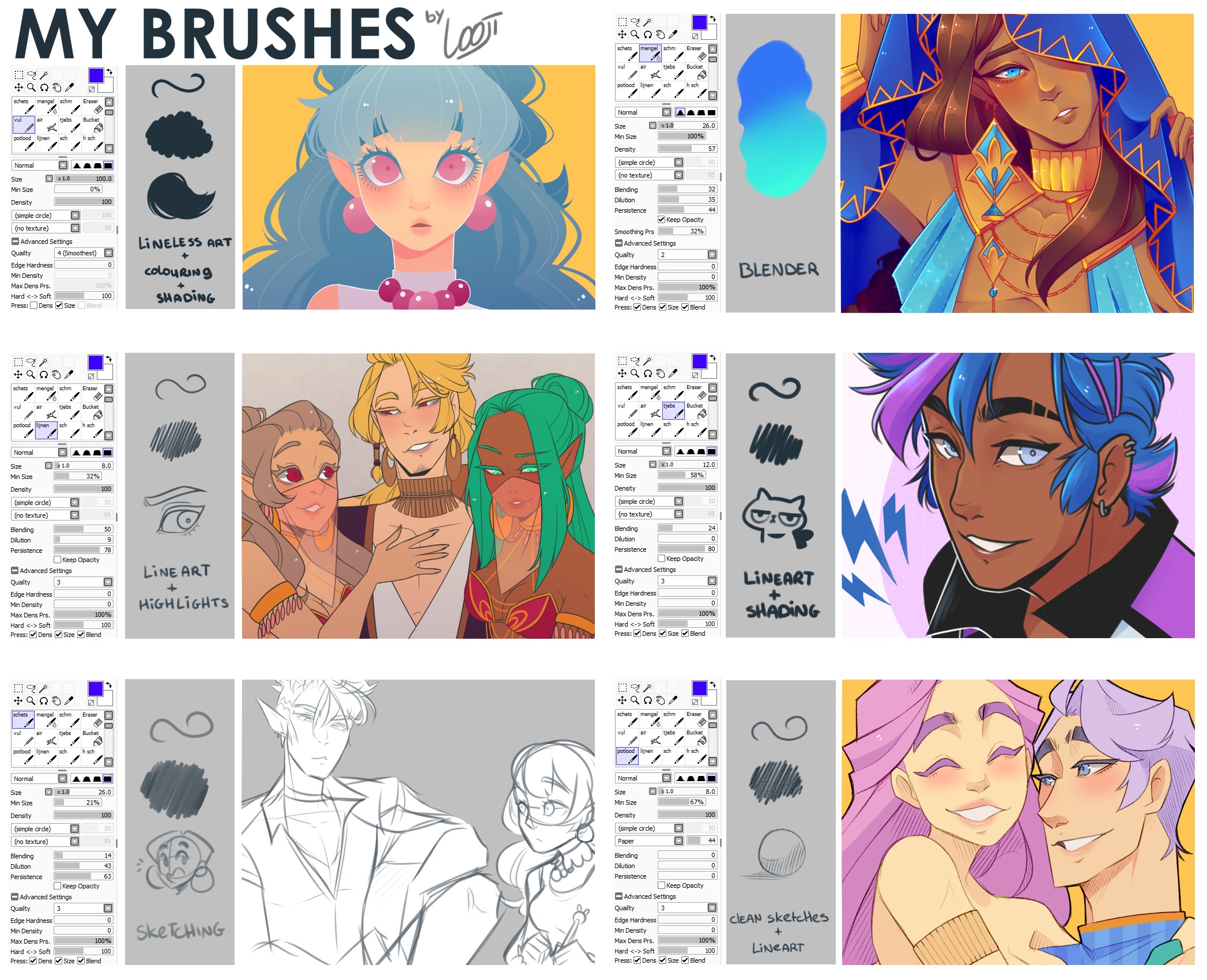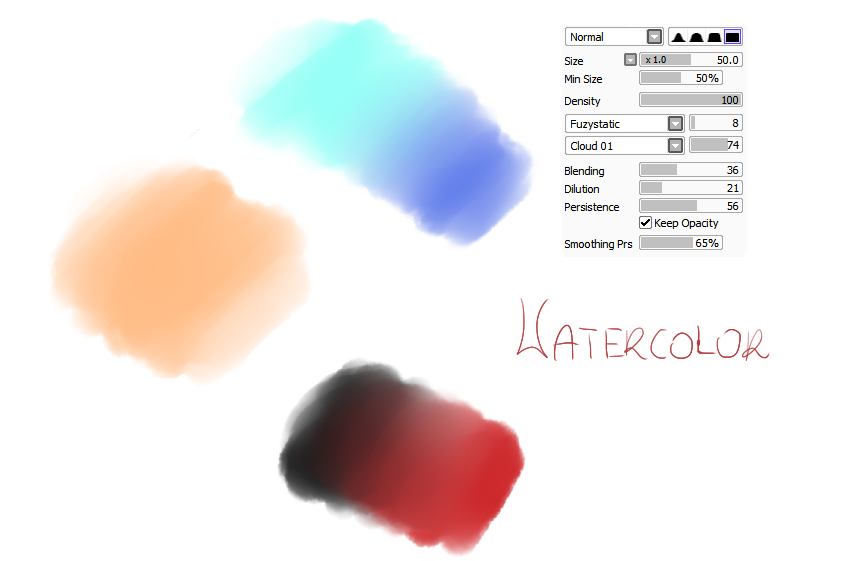

This is what I had after the first level of clearing (Fig.03). It's better to use a customized dirty brush shape for your eraser. After that, use the Eraser tool, and simply delete the black Audi! Yes you heard me right we don't actually add the dirt, we simply remove it! It's easier and better, because there will always remain some "not cleared" areas that will make the car body dirtier, which is what we're aiming for. So, move the black Audi on the top layer of the white one, and mask it with the mask image so that we have only the car shape in black on the top. We need a darker color (like black), an ambient occlusion image and the mask (black and white) image. As you can see, I didn't spend much time on the base render quality and there's a good reason for this - you're about to make the car crashed, dirty and dusty, so why have a clean output at the beginning? The white Audi image is our base layer in Photoshop. And remember to break the Audi logo! After you've prepared these images in your 3D package (with a high resolution if possible) open Photoshop and the files. Just use some FFD or simple vertex editing and rotate some form pieces in there.

We'll need some textures, some dirty and dark renders and also the mask render of the car. A good and agreeable image from your 3D package is enough to get you started and we'll do the rest in Photoshop, so dig out your tablet. First of all, the most important step to creating this image is the post-production stage, so this is what I'm going to be focusing on in this tutorial. I hope you find my sharing useful and let's get down to business. But folks, aren't you sick and tired of pretty R8s?! I bet you will love smashing cars more than creating clean and shiny ones after you've read this tutorial! I personally love crash scenes (under the influence of the Burnout series) so I thought it would be fun to have a go at smashing up my favorite car. A few worlds about the idea: frankly, I love the R8 - I adore it! But there's been like a million R8 renders since Audi released this model, and I've certainly produced my own shiny versions in the past. This is exactly what I'm going to show you in this tutorial. But if it's only a single-frame illustration, I recommend you choosing the easiest and, most of the time, fastest way possible. For example, if you're creating an animation or a multi-frame project, then most of the details should be done in your 3D package. For different pieces of work, it completely varies. Before you do anything in digital arts, I always think you should consider what process you are going to use to create your artwork.

I get a lot of "Why not used Houdini" or "Why 2D post production instead of Unwrap" questions. Ok, before we start, I'd just like to clear up one thing. First of all take a look at the finished image and try to figure out the easiest way that it could be done (Fig.01). In this tutorial I am going to show you how I created the above image of a crashing Audi R8.


 0 kommentar(er)
0 kommentar(er)
